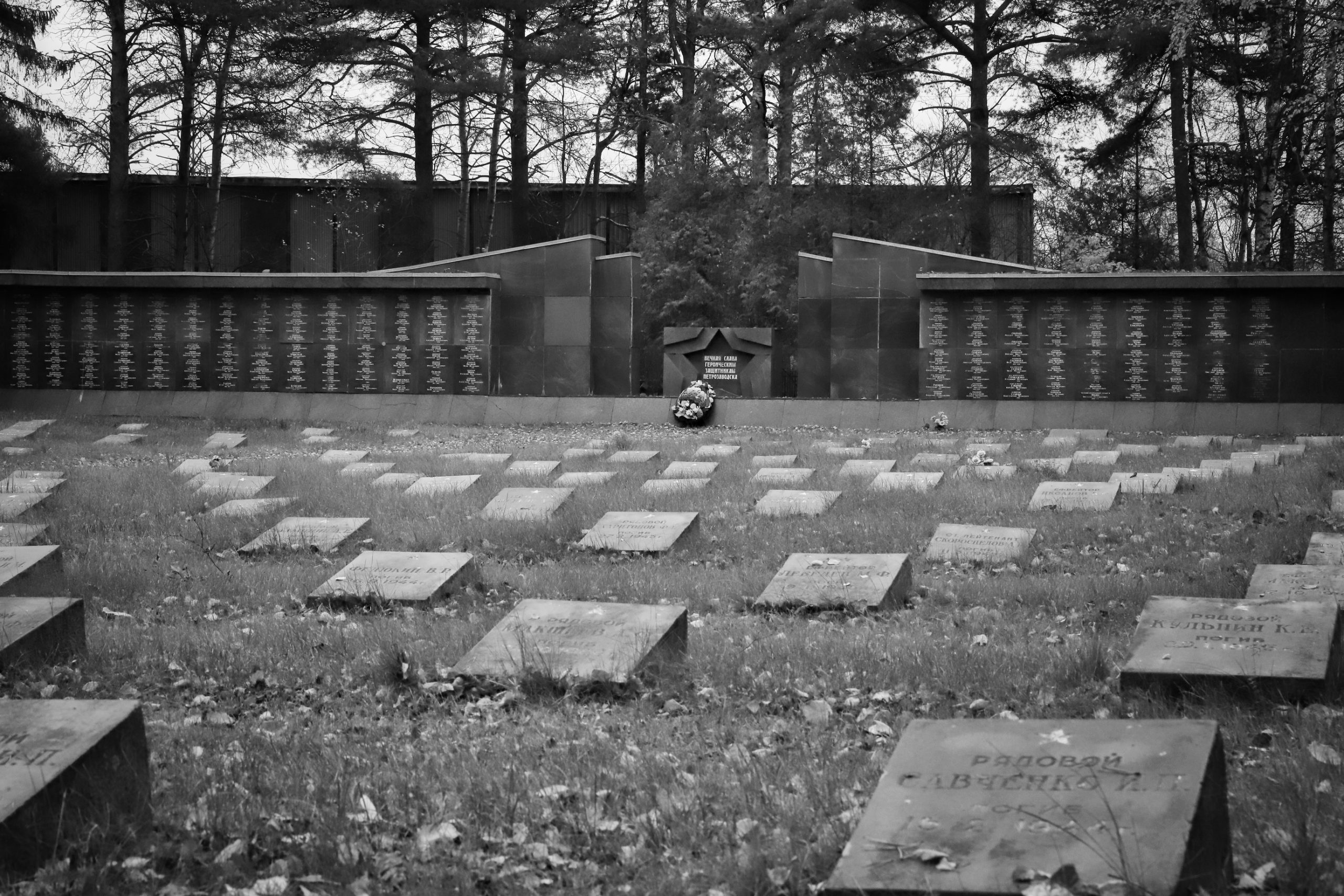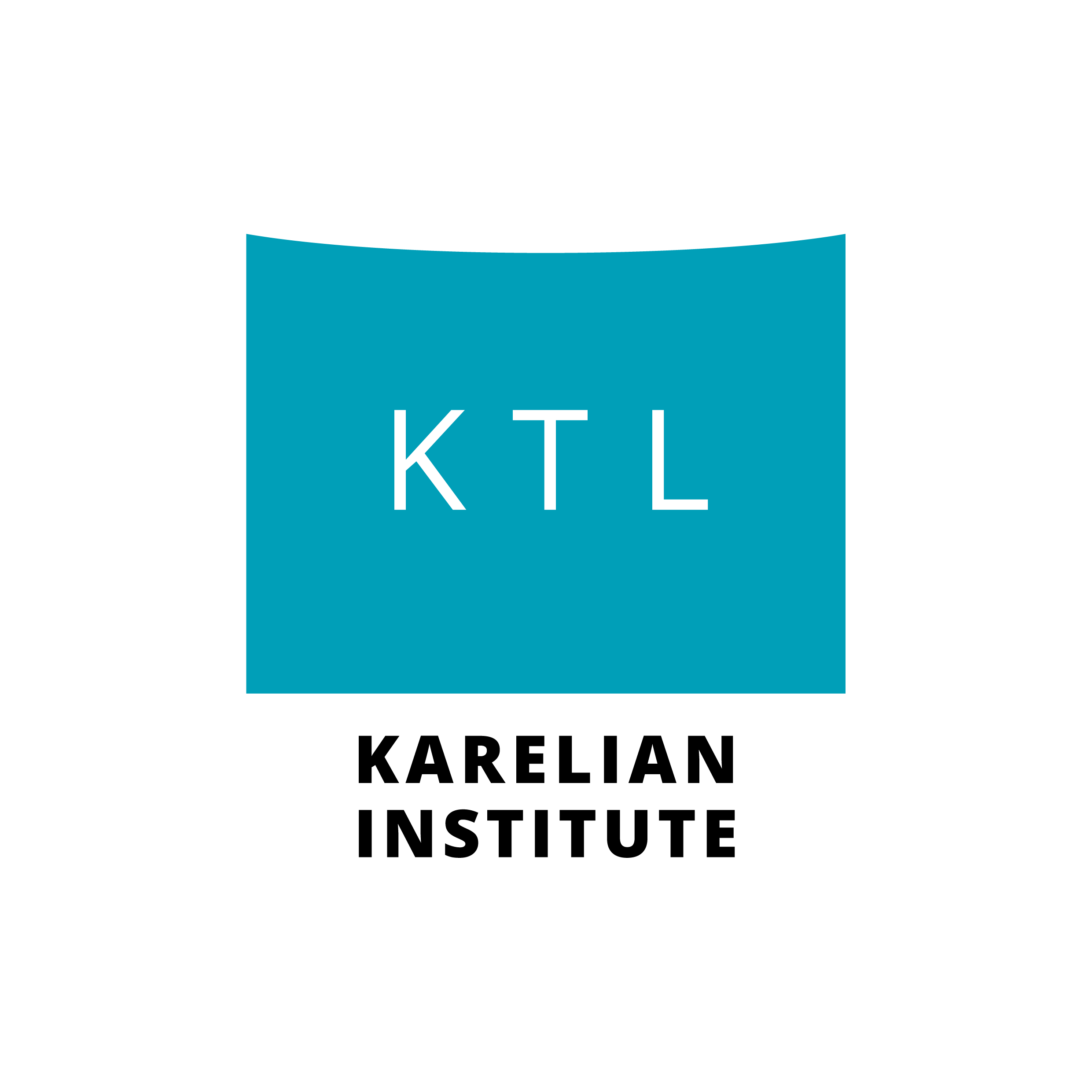Nine Questions about Cemetery Tourism
How can cemeteries be tourist attractions? What is behind the increasing demand for new sensations and knowledge, behind the search for weird, unusual and unique memories? What kind of ideas explains clients’ willingness to visit such dark places?
What kind of motives constitute added value to promotion of selected destinations? How can various types of cemetery visits be studied? Which terms should researchers use for tourist visits to places associated with death, war and misfortune? Thanatourism, morbid tourism, grief tourism … what ties these categories together? What makes them different?

In many European cities, cemeteries are considered an essential part of urban historical and identity related contexts. In a sense the graveyard is an integral part of a city’s cultural landscape and even mediascape. However, cemeteries can represent other things, for example they can awaken patriotic feelings in those visiting national memorials. Graves of celebrities make cemeteries memorable and significant in terms of socio-cultural dimensions. For visitors who are in search of famous tombstones, it can be a sort of entertainment, a lesson in history and architecture, a cultural appreciation course, a genealogical journey and a kind of relaxation.
Cemeteries teach visitors European history – for example, through ‘pantheons’, with higher prestige afforded to sites containing the graves of people regarded as significant in the arts or politics. For those who are fond of history, cemeteries serve a remarkably broad array of interests. Visitors can enjoy a unique combination of designed natural landscape, spectacular infrastructure architecture including grand formal entrance gateways, chapels and promenades often offering views out of the site, and a panoply of individual memorials, closely packed and presenting an attractive bricolage of statuary and headstones of varying styles.
However, the question remains: what do attraction seekers expect to see on burial grounds associated with mass death or atrocity?
As a research team member, I believe that the project Transnational Death: Practices of Death and Remembrance in the Transnational Everyday on the Finnish-Russian Border is not about death, but about life.
Click here to read other articles by this author.
